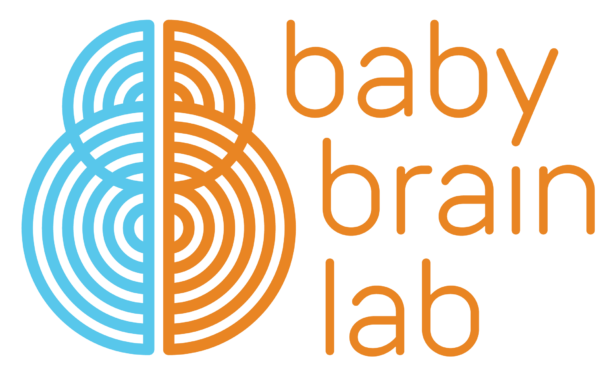Understanding how the brain develops and functions remains among the most difficult of scientific challenges, as is the effort to understand the causes of conditions that alter its function. Among these is autism spectrum disorder (ASD). ASD is described as a spectrum because of the considerable variation in how individuals manifest both symptoms and severity. The core symptoms of ASD, including difficulty in social communication and restricted, often repetitive behaviors, are present in all those affected, but otherwise, there is wide variability in ASD. At the more severe end of the spectrum are individuals who need services as a result of co-occurring intellectual disability or minimal verbal ability, for example. At the other end are individuals with average or superior intellectual ability who can achieve considerable professional and personal success. And in between are the majority of children and adults living with a combination of social, intellectual, and behavioral challenges they and their families face on a daily basis.
Identifying the causes of ASD has proven to be a significant challenge. And while there are several available behavioral treatments that can benefit many if not all of those diagnosed with ASD, much remains to be done in terms of both making helpful treatments more widely available and discovering novel therapies that have the potential to dramatically enhance quality of life. In honor of Autism Awareness Month, I am writing two Director’s Messages about ASD in April. The first, below, explains what we know so far about what causes ASD, and what NIMH researchers are doing to clarify how these causes lead to symptoms. The second, to follow in a few weeks, will discuss currently available therapies for ASD, and NIMH research aimed at learning how to improve access to these therapies.
